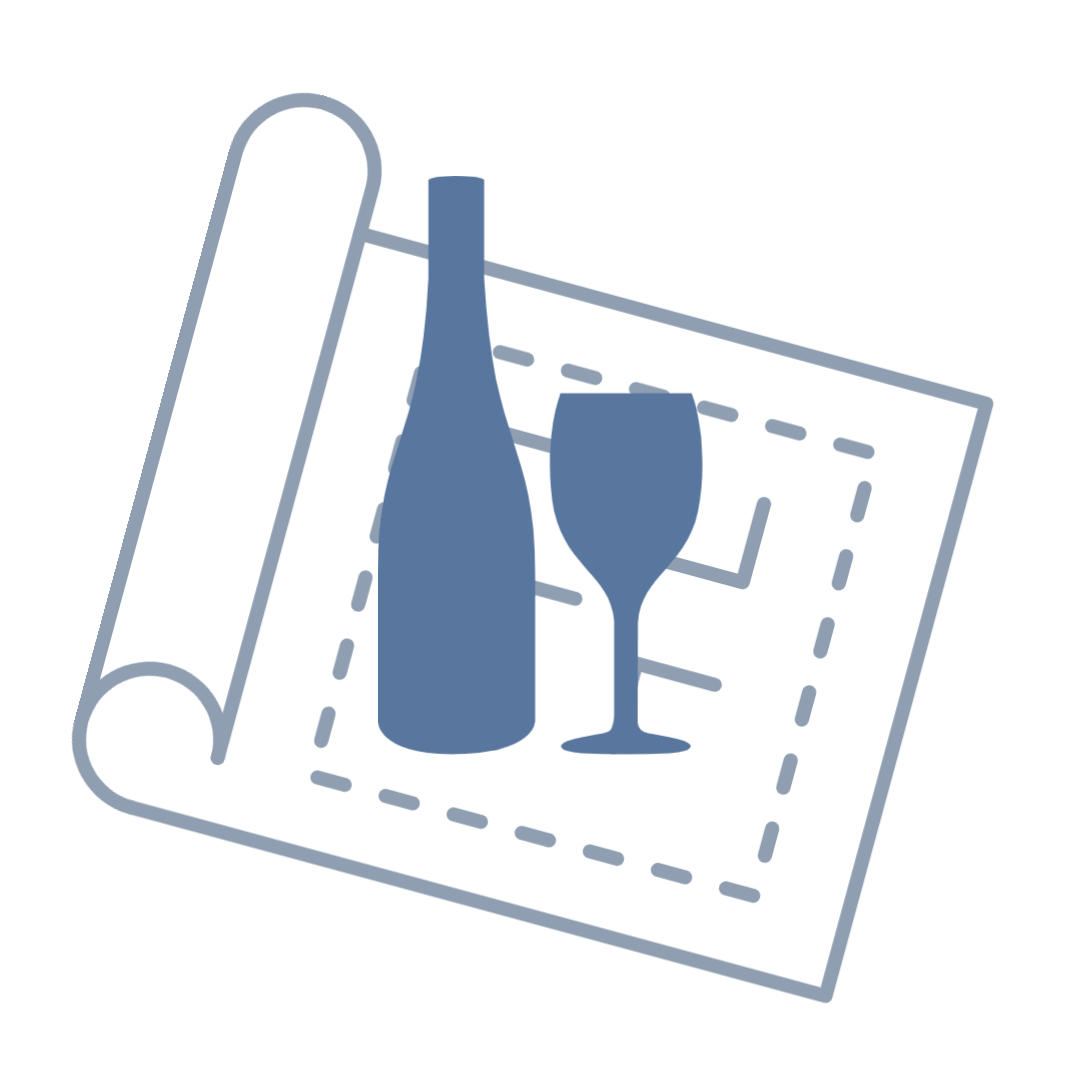Happy Weekend,
Half bottles are under-appreciated, and therefore, under-purchased.
As a wine beginner, you now have the knowledge advantage. But before you start buying small-size everything, one ground rule:
Avoid most white wines, like fresh, youthful ones and sparkling.
Other than that, you’re ready to purchase.
The benefits of half bottles include:
- Buying Wines Outside Your Typical Budget
- Finding and Drinking Rare Wines
- Experiencing Wines With More Age
- Enjoying Dessert Wines
- Drinking Wine In A Can
Let’s start drinking small.
Buying Wines Outside Your Typical Budget
Two great values I found while wine shopping recently. |
Most people complain that half bottles aren’t economical. Often, you’re paying more than half for 50% of the wine. But, it’s not all bad.
Because half bottles are under-purchased, you can score great deals.
Recently, I purchased a 2017 Grgich Hills Cabernet Sauvignon for 30 USD and 2019 Ridge Geyserville for 24 USD.
Their full-size counterparts were listed at 66 USD and 49 USD, respectively.
Good value.
Finding and Drinking Rare Wines
For less than half the price, you can enjoy a 100 point wine today. |
With half bottles, you have the chance to drink hard-to-find bottles.
Say you’re in the market for your first 100 point wine–a bucket list wine experiences for many drinkers.
No more iconic American wine than Ridge Monte Bello. A consistently great wine, high scoring, and known to age for decades. Back in 2017, Monte Bello received two separate 100 point scores.
Being a bit older, I found one online listing for a 750ml bottle: 286 USD.
At my local big box wine retailer, I found more than 30 half bottles at priced at $125.
Suddenly, you have access to a similar opportunity at a fraction of the cost.
Experiencing Wines With More Age
You can find half-bottles on WineBid too. I bet this Gigogondas from Rhone is rocking. |
Behold the magic of a 375mL bottle. Small bottles age wine faster.
If you think about the wines listed above, the two from Ridge and the Napa Cabernet from Grgich Hills, they were made for aging.
These bigger, more structured red wines mellow out a bit after a few years (or lots of time in the decanter). So, small bottles are a great opportunity to experience noteworthy reds, like Bordeaux Style Blends, Barolo and Brunello di Montalcino.
The key takeaway:
Large formats = slower aging
Small bottles = faster aging
Enjoying Dessert Wines
Dessert wine is delicious, but a big bottle can be too much.
Small pours from a normal bottle make them reserved for special occasions. And if you’re anything like me, you always forget about the dessert wine.
You can enjoy a half bottle of Sauternes over a couple evenings, and it fits almost too perfectly in your refrigerator door. Perfect for that sweet fix during the holidays.
So, please stop sleeping on dessert wine.
Drinking Wine In A Can
This was my first canned wine. And it’s still wins for packaging and taste. |
Canned wine is typically the same volume as a half bottle (whoa, science!)
Canned wine gets a bad rap like tiny bottles, but you should be drinking it outside of picnics.
When I started in wine, I got introduced the right way. The 2016 Alloy Wine Works “Hans Gruner” Grüner Veltliner had awesome packaging and a great taste.
Plus, glass bottles are a problem. They are increasing in expensive to produce, and impacting the environment. So, producers are looking for alternatives.
Do you part, try wine in a can. Just be careful, it goes down fast.
Why You Should Shop For Small Bottles
Don’t be fooled by format.
Small bottles allow you the opportunity to peek into corners of the wine world at a more affordable price tag. You can sample older, hard-to-find bottles and try things that are normally out of your price range.
Plus, you open yourself up to the amazing worlds of dessert and canned wines.
Go against the grain and start buying half-bottles.
This Week’s Free-Run Juice
Free-run juice is a wine term for the grape juice that comes from their own weight prior to pressing. These are weekly tidbits that came out from my own wine exploring.
Who Is Buying All The Angostura Bitters?
Sticking with tiny bottles. Angostura is one of the most iconic small bottles in the booze world. |
Surprise: It’s an old bar..on an island…in Wisconsin.
This is one of my favorite reads related to cocktail culture.
Meet the tiny bar on the tiny island that pours nearly 10,000 shots a year from those tiny yellow-capped bottles (well, they buy the big ones).
Who’s In Your Cru?
This past Thursday was Beaujolais Nouveau Day. Like most things, it divides the wine world.
Instead of starting fires, I chose to fan flames of Beaujolais diehards.
For wine newbies, learning the 10 Cru Villages of Beaujolais is an early rite of passage as you train for exams.
And as you sample from all of them, you develop favorites. Join in the fun and let me know your Top 3 Beaujolais Crus.
Weekly Wine Book, Blog and Bottle
As mentioned last week, I started another wine newsletter.
Featured this week are:
- Book: Becoming A Sommelier by Rosie Schaap
- Blog: A Visit to Monte Bello by Jon Bonné
- Bottle: 2017 Grgich Hills Estate Cabernet Sauvignon (375mL)
You can read more on each of the above here at Wine Insights #2.
Ready to commit to wine learning?
Increase your wine confidence one weekly newsletter at a time.
New issue comes out every Friday
Unsubscribe at any time.
